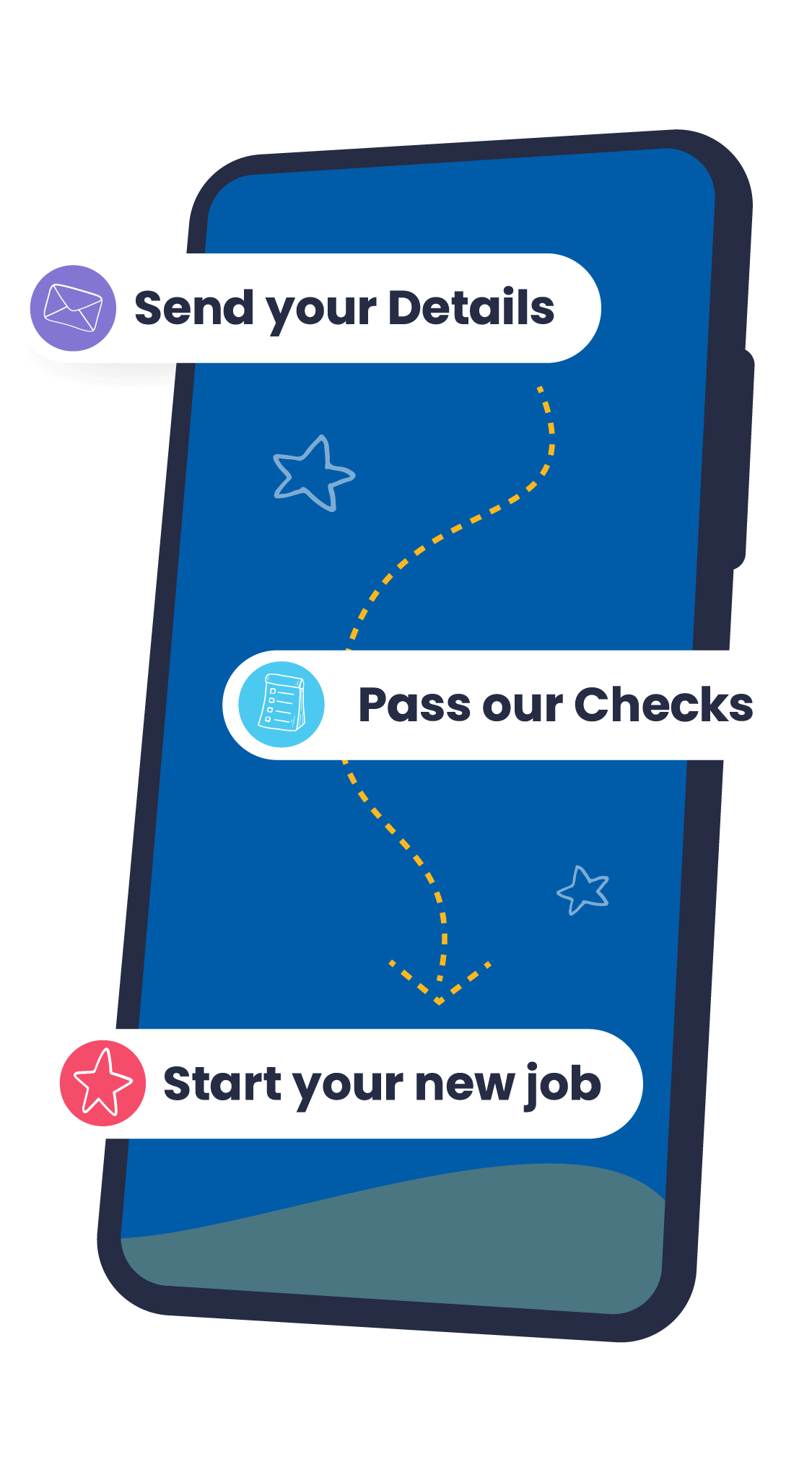Search by keywords
Filter by Category
Filter by Tag

Posted on 07/05/2025

Posted on 02/04/2025

Posted on 26/03/2025

Posted on 18/03/2025
Ready to get started?
The next step is to send us your details. If you’re suitable, a consultant will be assigned to help you and will be in touch as soon as possible.

The next step is to send us your details. If you’re suitable, a consultant will be assigned to help you and will be in touch as soon as possible.
